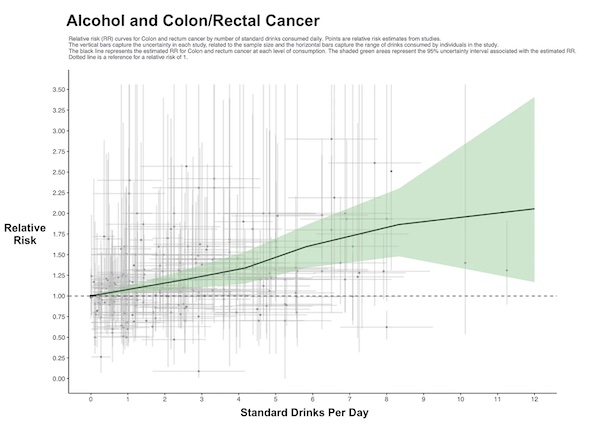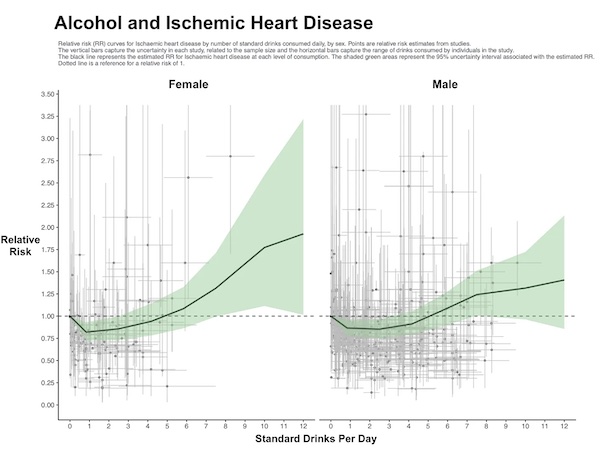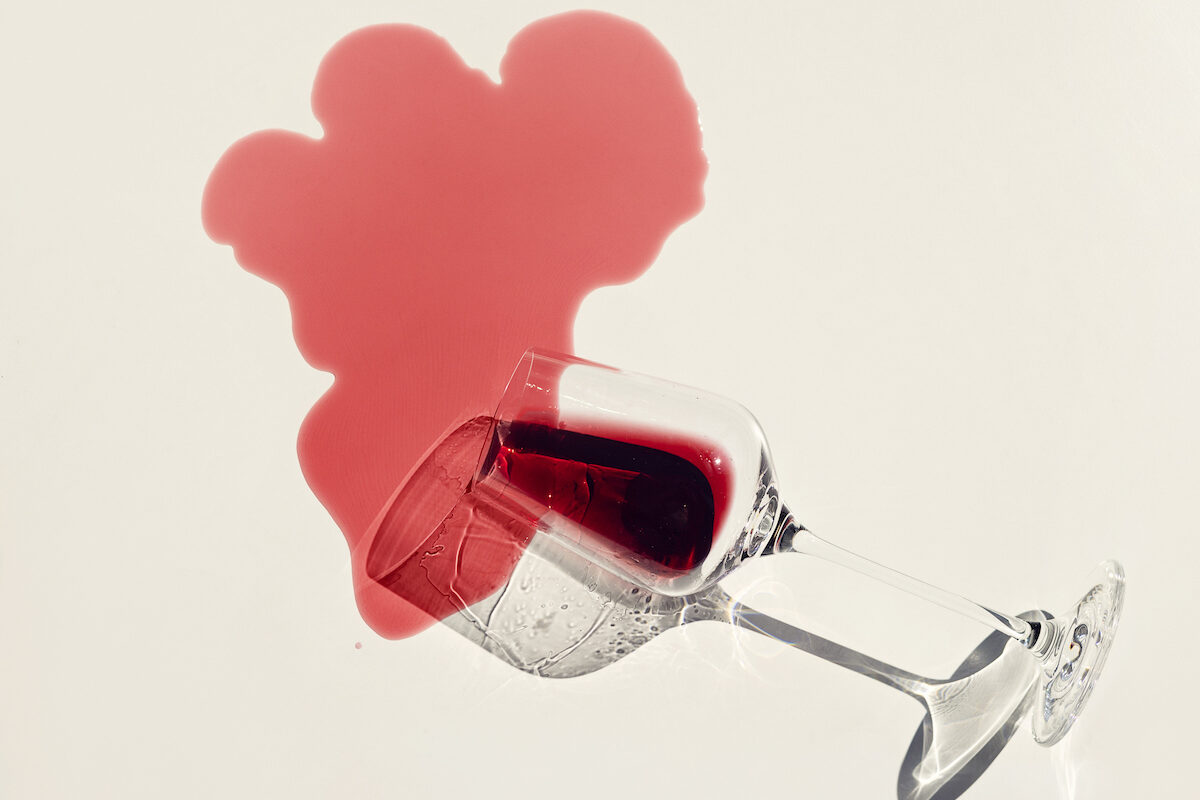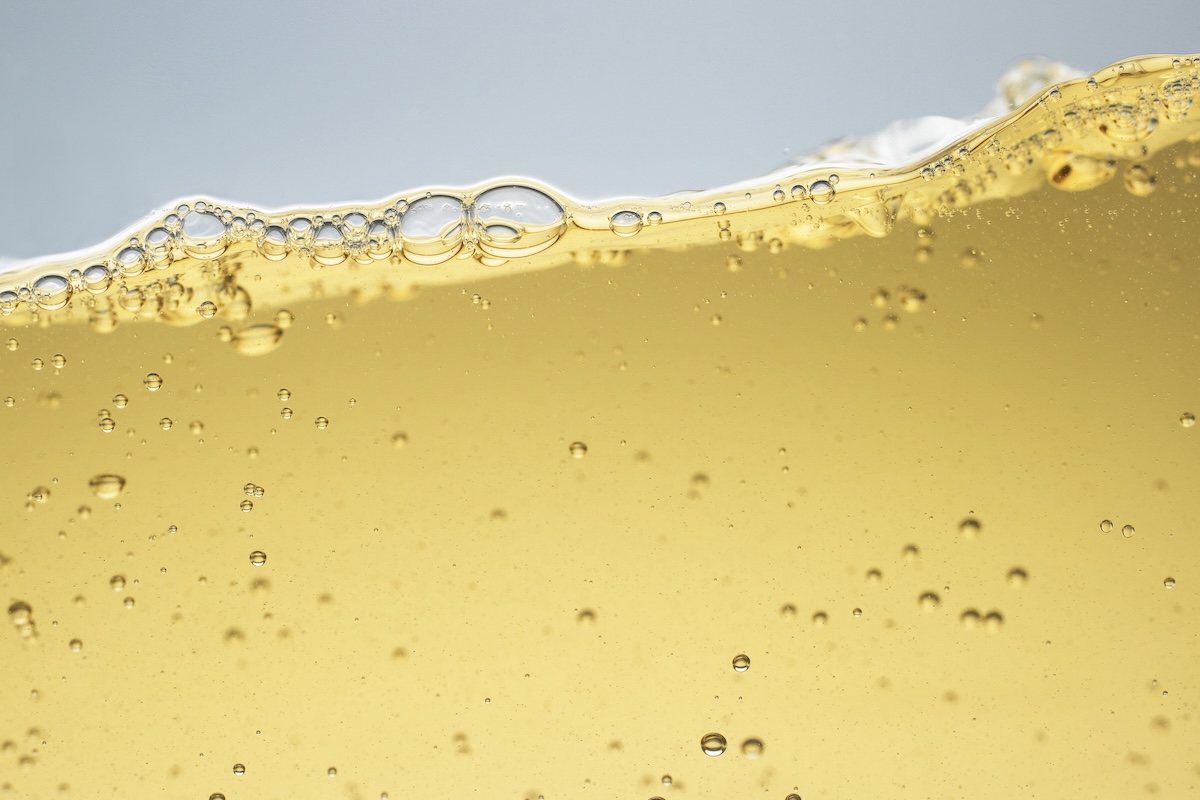In January 2025 the US Surgeon General came out with a new recommendation that all alcohol come with a warning label indicating it increases the risk of cancer. This post was written before that, but it covers the same research which this recommendation relies on.
There has been considerable noise about alcohol lately. Headlines suggesting “Deep Links Between Alcohol and Cancer” and “Even a Little Alcohol Can Harm Your Health” are in line (if perhaps on the more extreme end). And a little over a year ago, Canada announced new guidelines which suggest the only truly safe approach is no alcohol consumption at all.
The reality is that discussions of data on alcohol and health can be extremely confusing. We hear everything from “red wine is good for you” to “the less, the better” health-wise. The main reason for this is that the data is poor. Here, I want to talk a little bit about this data, with some reflections at the end. Note: This is a post about drinking in general. I’ve talked about alcohol in pregnancy in my books, online, etc. Today we’re focusing on the rest of life.
What we know
One thing we do know is that alcohol is a significant contributor to death. In an article from JAMA Network Open, researchers argued that 1 in 8 deaths among people in the U.S. ages 20 to 64 could be attributed to excess alcohol use. These are largely some combination of liver disease, alcohol poisoning, and drunk-driving-related deaths.
It is evident, even beyond this paper, that heavy alcohol consumption is associated with negative health consequences that are clearly causally associated with alcohol. The most obvious link is with liver disease. The liver processes alcohol, and excessive alcohol consumption overloads it, leading to cirrhosis, fatty liver disease, and other complications.
(This discussion focuses on the physical consequences of heavy alcohol consumption; we also know that alcoholism causes emotional distress and is linked with a large number of other social problems.)
What we do not know
Most other things. In particular, we do not (in my view) have good data on the relationship between alcohol and health at lower levels of drinking.
The reason for this gap is that alcohol consumption is associated with many other features of people, and nearly all of our analysis of the relationship between alcohol consumption and health is based on observational data. The people who drink alcohol are different from those who do not, and sussing out causality from that kind of data is just, simply, hard. And I will note: in this case, it’s not even obvious what the direction of the bias is. Light drinking tends to be associated with some positive health behaviors and some negative ones.
There is an enormous amount of scholarship about this link, using data of this type. The most comprehensive study of it was published in The Lancet in 2018. This is a truly extraordinary work of scholarship, as the authors combine virtually every study of the link between alcohol and long-term health and try to draw conclusions. They make some really fantastic graphs — I’ve included two below, one on the relationship between alcohol and ischemic heart disease and one on alcohol and colon/rectal cancer. The green shaded area represents their meta-analysis conclusions (with the statistical-confidence interval shaded), but each of the gray dots is a study. That’s an amazing amount of data to bring together.
What you see in these graphs is that, for colon and rectal cancer, there is an upward-trending relationship at all levels of drinking, but becoming much more significant above about four drinks per day. In the case of heart disease, you see the familiar (to people who study this) dip initially, where light drinking seems to promote heart health but heavier drinking makes it worse.


There is so much data in these graphs. But the thing is: it’s all from studies that individually have problems. One is sometimes given the sense that if you combine many studies, that somehow fixes these issues, but it doesn’t. Adding more studies increases the statistical precision of your estimates; it doesn’t fix the bias. If all the individual studies are biased, their average will be biased too. This point cannot be overstated.
If we take these graphs at face value (which I would not), then it appears that for most outcomes other than heart disease, the health risks generally trend up. But clearly three drinks a day has far worse health consequences than one. This makes it hard to think about drawing a line anywhere in particular. “Less is better” is what comes out. But again, there are biases.
A related issue is that once we have a meta-analysis like this, it gets repackaged in the media in ways that make it difficult to understand how skeptical we should be about the conclusions. For example, in the NYT piece about alcohol and health mentioned above, we have this quote: “The risk of developing alcoholic liver disease is greatest in heavy drinkers, but one report stated that five years of drinking just two alcoholic beverages a day can damage the liver.” (Note: Even more recent headlines in the New York Times point to newer scholarship, but the study they cite is similar to the other studies in The Lancet review.)
Reading that, it seems like the link would be directly to data, which ideally one could then evaluate. If you click through to the report, though, you don’t find one with data analysis but rather a continuing-education piece on the diagnosis and treatment of alcoholic liver disease. Midway through the report, the authors say that “daily consumption of 30 to 50 grams of alcohol over five years can cause alcoholic liver disease.” This has no citation, but I suspect it is drawing on the Lancet study or similar. This amount of drinking is about 2.5 to 4 drinks per day, so actually a bit higher than is stated in the article. But more importantly, without knowing where this conclusion came from, it’s really hard to know if it is reliable.
In all of this, there is a lot of “it could be” or “it might be.” But there is not much “it is.”
What would it take to know more about the subject? Basically, a randomized trial. A single well-designed, randomized trial of light drinking would be head and shoulders above the evidence we have. And not too long ago, someone designed one and started it! You can see information on The Moderate Alcohol and Cardiovascular Health Trial here.
The design of this trial seemed reasonable, but the funding was from alcohol manufacturers. This appeared problematic for a number of reasons, and the trial was shut down shortly after it started. I am skeptical about getting better data, as much as I think we should have it.
So, where does this leave us?
Despite the discussion of the heart-healthy value of red wine, my read of the evidence is that alcohol isn’t especially good for your health. However, I do not think this means that we shouldn’t drink! Cookies also are not necessary. Doritos aren’t needed for survival. There are people who say that the key to a long life is extreme calorie restriction. That might be true, but most of us wouldn’t choose it because, honestly, what would be the point?
As a society, in the U.S. in particular, we imbue alcohol with a sense of shame that is (often) different from the way we think about cookies or Doritos. My sense is that this is part of why people like the idea that red wine might help your heart — there is something that can feel a little off about saying, “I like to have a nightly glass of wine because it’s fun and it helps me relax.” People would rather say, “It’s for my heart.”
However: the statement “I enjoy this” can very much be enough to overcome the possible small negative health consequences. Just like with cookies.
A difference, obviously, is that alcohol is addictive in a slightly different way from cookies. Many people — more so post-pandemic — struggle with drinking. Among the best pieces I’ve read on this is by Lucy McBride, who has a great Substack and wrote this piece about how she talks to patients about alcohol. She writes about asking two questions of yourself. One is how much you are drinking. But the second is what is your relationship with drinking? The second recognizes that you could feel like your alcohol consumption is too much even if it is not too much by some arbitrary CDC guideline (or you could feel fine even if it is slightly above).
Final PSA: I have cut down on alcohol a lot for running reasons (yes, I take my hobbies too seriously, thanks for noticing). And I have therefore discovered that the world of non-alcoholic beer has transformed in a positive way. I really love Athletic Brewing — a good option if you’re looking for a substitute.
The bottom line
- Most of our evidence on the health impacts of light drinking is very poor and difficult to learn from.
- Alcohol isn’t a health food, but neither are many other things, and enjoyment is a perfectly valid reason to drink some. But if you feel like it’s too much, then that’s a time to re-evaluate.















